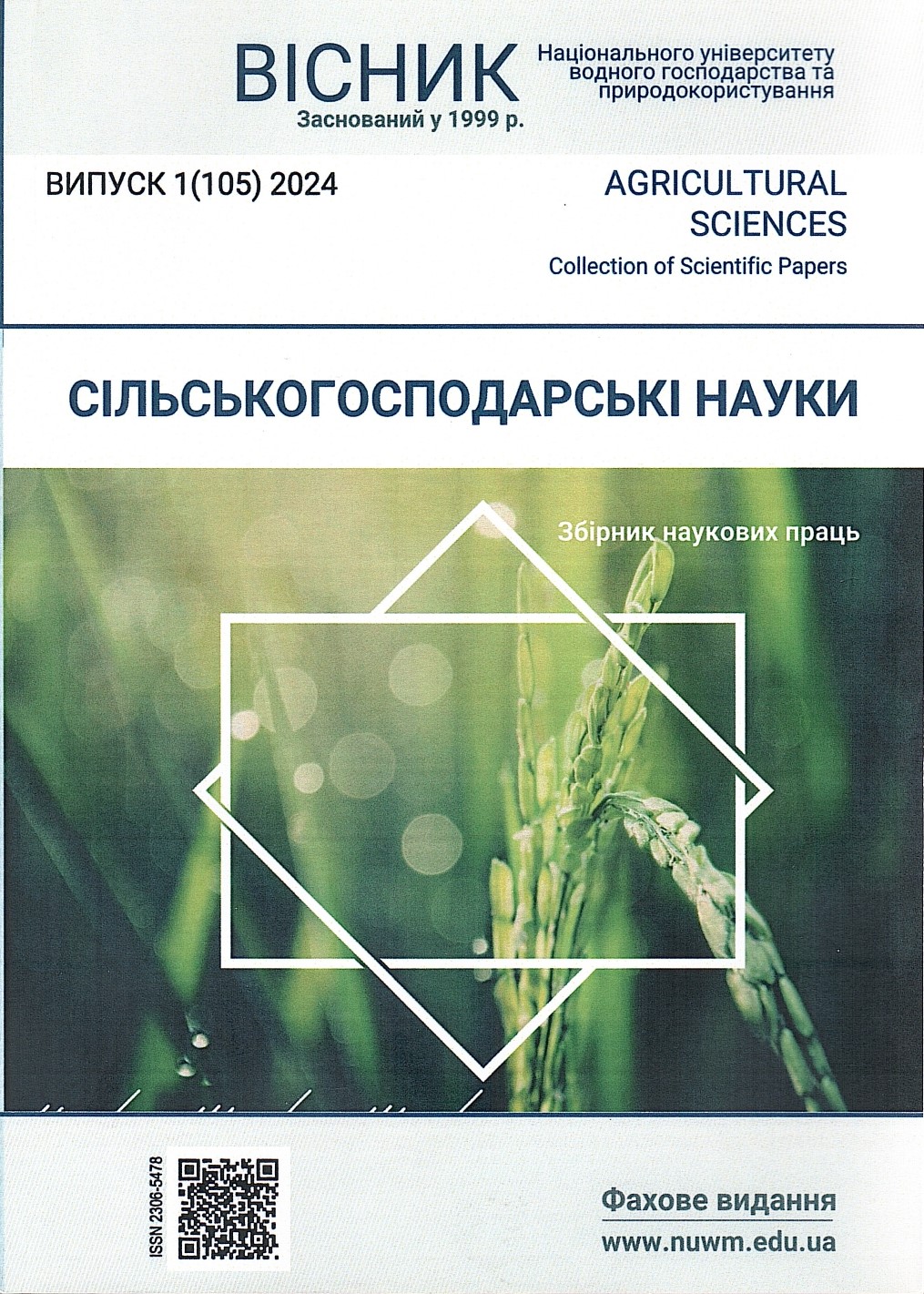FUNCTION OF INTERMEDIATE ECOTONES (BIOMES) OF THE RIVER NETWORK IN FORMING WATER QUALITY AND SPECIES DIVERSITY OF ICHTHIOFAUNA
DOI:
https://doi.org/10.31713/vs120244Keywords:
ecotone, biome, hydro-ecological corridor, ichthyofauna, ecosystemAbstract
A water biocoenotic ecosystem depends on the condition of the subsystems of the catchment surface, the composition of the ecotones of the aquatic environment, and is the result of the combination of living and non-living matter. The biome, as an elementary primary unit of the aquatic ecosystem, shapes the composition of the flora and fauna of the river-lake network, facilitates the processes of self-purification of the aquatic environment, and forms the "film of life" (according to V. I. Vernadsky). In general, the megaecosystem of a water body is a territorially-spatial biological formation of the aggregate of aquatic and terrestrial cenoses of the basin, which creates and produces the species diversity of flora and fauna. When monitoring the river network, the main focus is on the characterization of the riverbed as a hydro-ecological corridor for the discharge of wastewater, surface, and groundwater, and the migration routes of indigenous ichthyofauna. Meanwhile, the lateral ecotones as supplementary localities for the formation of aquatic biomes have received practically no attention. A biome can be characterized as the primary production link of living matter in the aquatic environment, limited by the physico-geographical and landscape conditions of the formation of transitional zones between the aquatic environment and the land, which form and preserve species diversity of flora and fauna, serve as a repository for the conservation of rare species of living nature, synthesize oxygen, and reduce CO2 content in the atmospheric air, and together with terrestrial biogeocenoses, form climatic conditions, the intensity of atmospheric precipitation, and nourish the aquatic environment. According to V. I. Vernadsky, biomes are natural localities of organic matter concentration and are elementary cells of aquatic ecosystems.Downloads
Published
2024-05-31
Issue
Section
Articles

